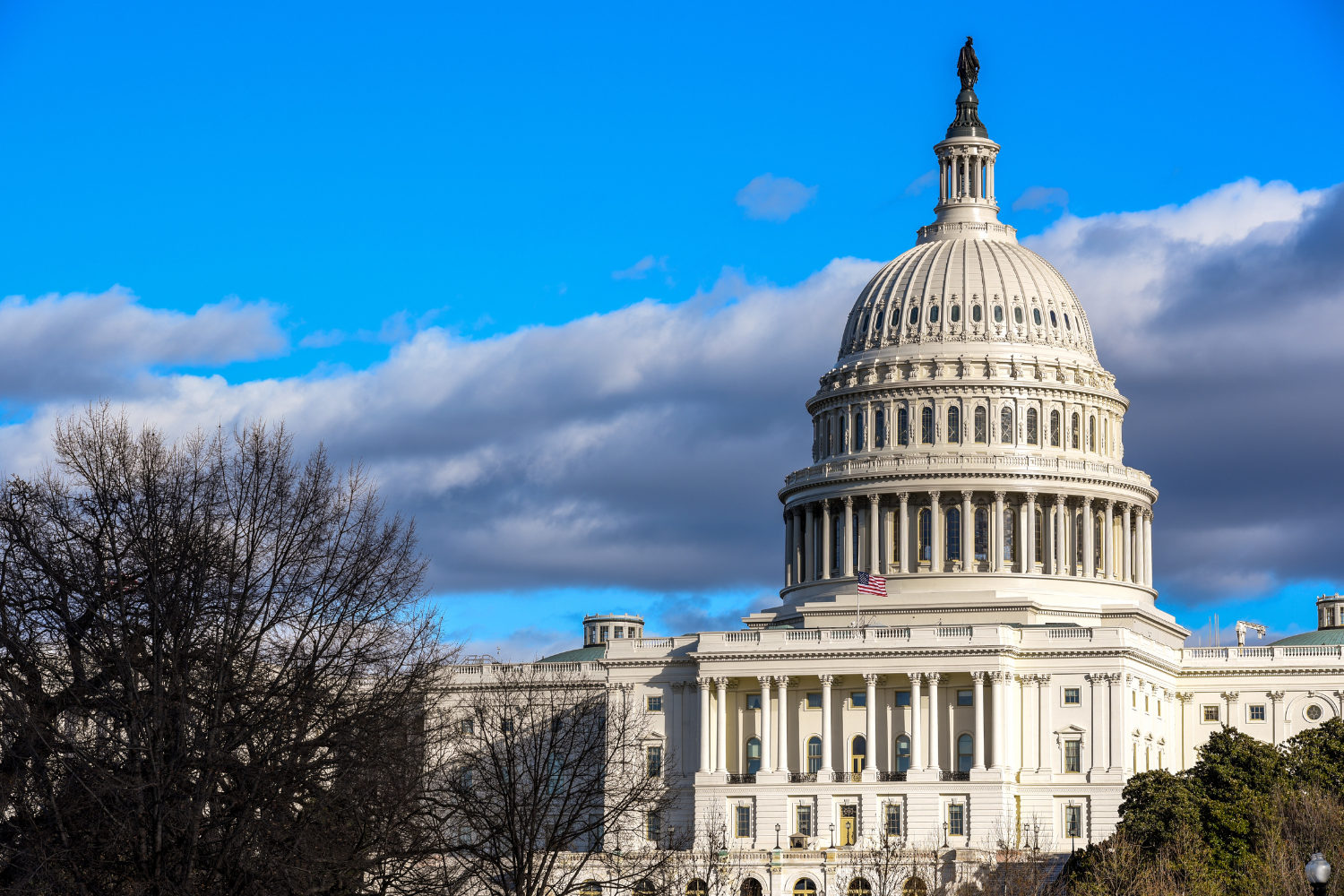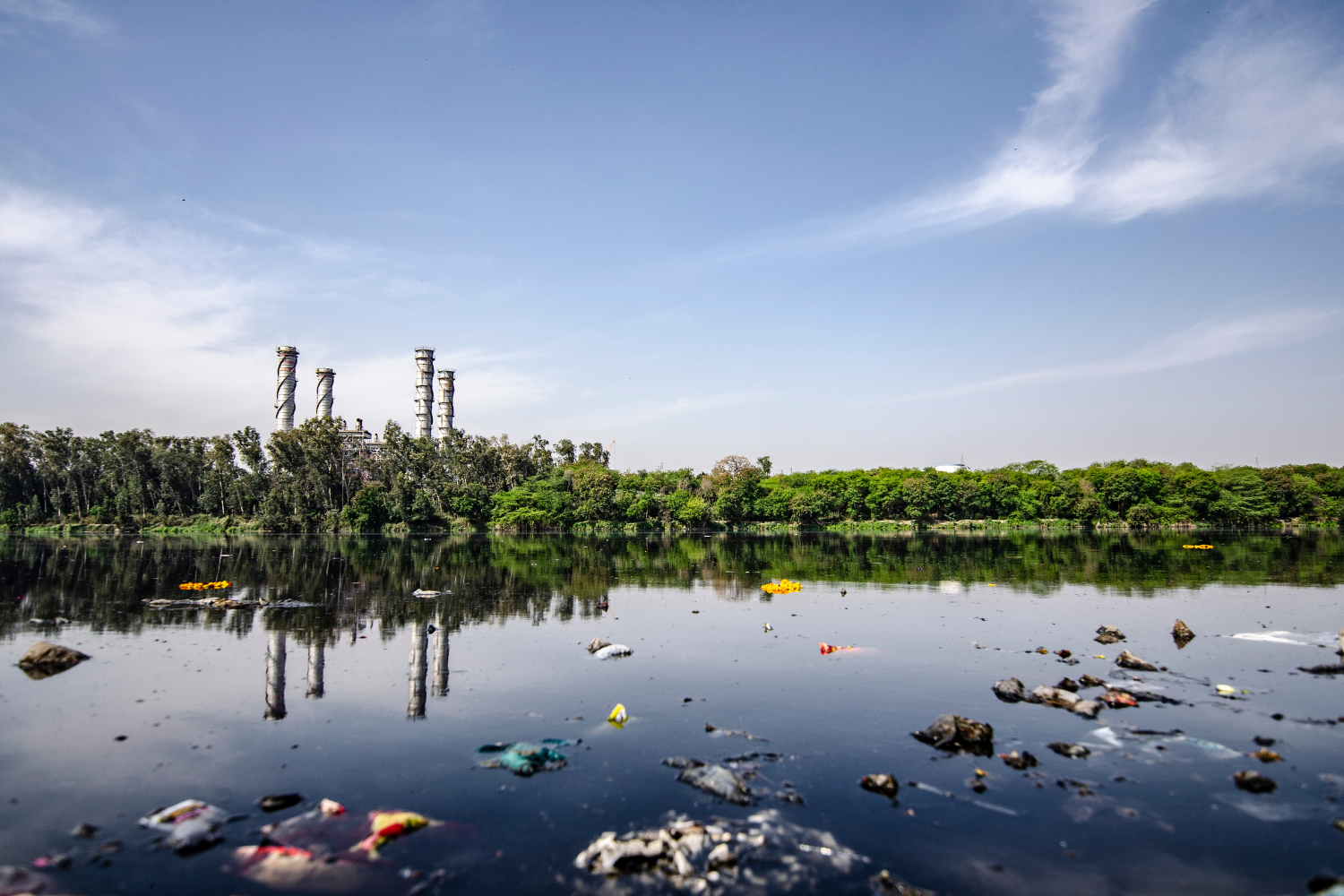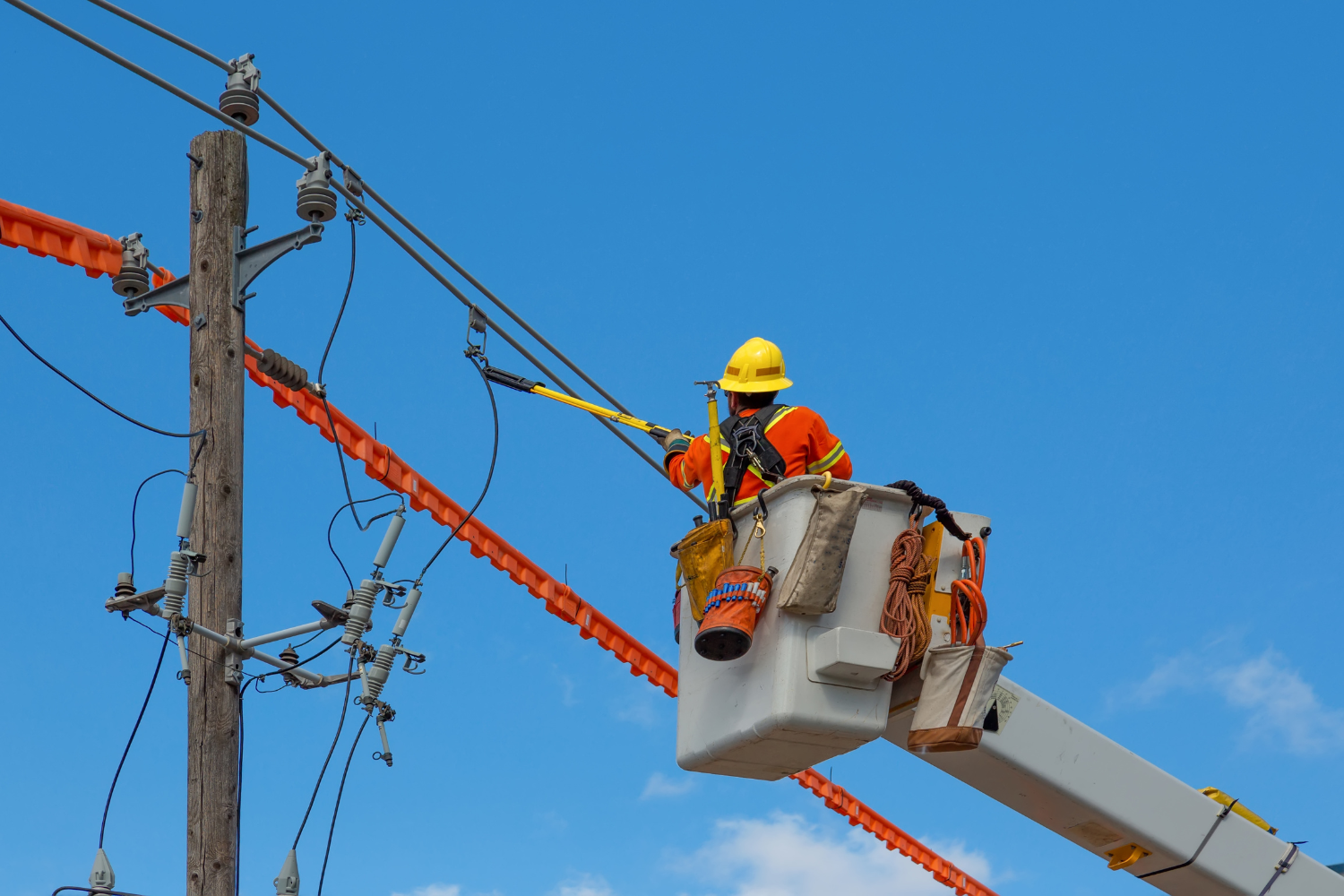States face varied economic and social challenges that require tailored policy responses and sustained attention.

Across America, states grapple with complex challenges that touch every aspect of daily life, from housing affordability and healthcare access to infrastructure and environmental concerns. These issues are not uniform; they differ widely based on local economic conditions, policy decisions, and social factors. Understanding these ongoing problems through authoritative data enables a clearer view of the systemic nature of these struggles and highlights the need for nuanced, state-specific solutions rather than one-size-fits-all approaches.
1. Addressing the persistent housing affordability crisis in urban and rural areas.

Housing affordability remains a pressing issue in both urban and rural settings. Cities grapple with soaring rents and limited supply, while rural areas face stagnating economies and inadequate housing quality. The contrast between these landscapes highlights the complexity of crafting effective housing solutions.
Universal remedies often fall short due to the differing needs across regions. Urban projects may require dense, mixed-use developments, whereas rural interventions might focus on improving existing stock. Recognizing the distinct challenges each area faces is crucial for developing policies that address these ongoing disparities.
2. Confronting the widespread issues of opioid addiction and substance abuse.

Opioid addiction and substance abuse permeate communities across diverse landscapes in the U.S. This multifaceted crisis strains healthcare systems and impacts economic productivity. Both urban and rural areas struggle with high rates of overdose and addiction, showing no preference for geography or socioeconomic status.
Comprehensive approaches must consider cultural, economic, and logistical variations within each region. States with successful interventions often integrate medical treatment with community-based support, adapting to local circumstances. Despite regional differences, the shared urgency underscores the need for sustained, multifaceted action.
3. Managing the strain on healthcare systems amid growing populations.

Rising populations place immense pressure on existing healthcare infrastructure. Facilities get overcrowded, and resources stretch thin. Urban centers experience acute shortages of hospital beds, while rural regions struggle with limited access entirely. Both scenarios complicate efficient and effective patient care.
Addressing these issues requires systemic changes in policy and planning. Investments in telemedicine help bridge geographic gaps, but underlying inconsistencies in funding and resource distribution persist. Balancing short-term interventions with long-term strategies remains essential for sustainable improvements.
4. Overcoming educational disparities that affect student outcomes nationwide.

Educational disparities significantly affect student success nationwide. Funding discrepancies lead to varied resource availability, undermining equal opportunities for learning. Wealthier districts often provide more advanced facilities and programs, leaving low-income communities to contend with fewer options.
Rural and underserved urban areas particularly suffer from inadequate educational infrastructure. Encouragingly, some regions implement innovative partnerships with local businesses to create vocational training paths. These initiatives highlight the impact of targeted interventions on leveling the educational playing field.
5. Tackling infrastructure decay impacting transportation and public safety.

Infrastructure decay affects everyday life and public safety in unique ways. Aging bridges, roads, and transit systems create traffic jams and reduce productivity. When critical infrastructure fails, the consequences ripple through communities, highlighting the gaps left by deferred maintenance.
Quality infrastructure forms the backbone of strong economies and safe communities. States with proactive investment strategies not only ensure daily reliability but also bolster long-term growth. Modernization requires understanding the balance between immediate fixes and sustainable enhancements.
6. Combating environmental concerns related to water quality and pollution.

Water quality and pollution pose serious environmental challenges at both local and state levels. Contaminated water bodies not only threaten aquatic ecosystems but also jeopardize human health. Industrial discharges and agricultural runoff commonly compound these issues, requiring vigilant regulatory oversight.
Improving water quality demands multi-faceted approaches that combine scientific research and regulatory action. Community awareness programs can encourage conservation behaviors, but the backbone of change lies in coordinated policy efforts aimed at sustainable practices. Effective management hinges on seamless integration of local and state initiatives.
7. Reducing unemployment rates through sustainable economic development.

Sustainable economic development offers a path to reduce unemployment rates. By focusing on industry diversification and workforce training, regions can create jobs that withstand economic fluctuations. States rely on policies that support emerging industries to maintain competitive and adaptable economies.
Job readiness programs tailored to local markets serve as pivotal components in addressing unemployment. Regions investing in green technology and digital infrastructure often experience more resilient job markets. Understanding each community’s unique assets is key to shaping effective employment strategies.
8. Improving access to mental health resources in underserved communities.

Access to mental health resources in underserved communities remains a critical issue. Shortages of providers and stigmatization hinder seeking help, compounding the challenge. Many residents often travel long distances to receive care, deterring timely intervention and worsening outcomes.
Expanding telehealth services offers a partial remedy, connecting patients to necessary support without travel. Nonetheless, long-term improvements require increased funding and policy reforms that prioritize mental wellness. Empowering communities with resources fosters healthier, more resilient populations.
9. Handling the rising demand for affordable childcare options effectively.

Affordable childcare is a growing concern for families across economic spectrums. High costs and limited availability force parents to make difficult decisions about balancing work and family responsibilities. The lack of affordable options often drives families to sacrifice career advancement for child-rearing.
States focusing on subsidies and support for childcare providers demonstrate encouraging results. Local investments in community-based centers can bridge gaps and empower families. Tailoring strategies to local economic realities is essential for addressing childcare needs effectively.
10. Mitigating the effects of climate change on local industries.

Climate change impacts local industries by altering resource availability and operational conditions. Agriculture, tourism, and manufacturing sectors face fluctuating weather patterns, threatening economic stability and supply chains. Regions depending on natural resources see these shifts firsthand, navigating new challenges daily.
Strategic planning can help mitigate these effects through diversification and innovation. Some areas embrace renewables and sustainable practices as protective measures. Understanding local nuances aids stakeholders in creating adaptive solutions that account for both global trends and regional specifics.
11. Ensuring public safety while fostering community trust and engagement.

Public trust in safety measures directly influences community stability. Effective policies need to balance enforcement with outreach and prevention. Visible policing alone may not ease tensions; instead, relationship-building initiatives play a crucial role in fostering trust between law enforcement and citizens.
Engagement through dialogue and participation contributes to stronger communities. Supporting initiatives that involve residents in shaping local safety policies demonstrates mutual respect and collaboration. When adequately implemented, these efforts enhance a sense of security and belonging.
12. Bridging the digital divide to enhance connectivity and opportunity.

The digital divide limits access to online opportunities and resources, affecting education, employment, and overall quality of life. Rural areas often face higher barriers, with slower internet speeds and fewer technological investments exacerbating these challenges in comparison to urban regions.
Efforts to close this gap focus on expanding infrastructure and ensuring affordability. Broadband initiatives can create equitable access, allowing communities to participate fully in the digital economy. Identifying geographic disparities guides policymakers in developing targeted interventions that bridge this divide.
